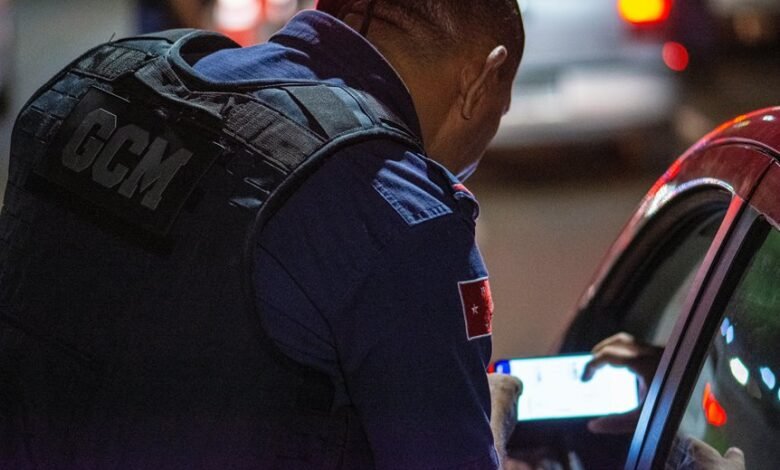Caller Risk Regulation Monitoring Assurance Service 3533512578 3801333764 3421934824 3206476225 3913309302 3791218330

The Caller Risk Regulation Monitoring Assurance Service offers a strategic framework for evaluating incoming calls, particularly for numbers like 3533512578 and 3801333764. This service employs advanced identification techniques to discern legitimate communications from potential threats. By prioritizing verified calls, organizations can significantly mitigate risks associated with fraudulent activity. However, the effectiveness of this service relies heavily on its implementation and real-world applications, which reveal deeper insights into its overall impact.
Understanding Caller Risk and Its Impact
How does caller risk influence the broader landscape of telecommunications?
Caller identification plays a pivotal role in risk assessment, enabling entities to gauge the authenticity of incoming calls.
By analyzing caller behavior and patterns, telecommunications providers can mitigate potential threats, enhancing user trust and security.
This proactive approach shapes the industry’s response to fraudulent activities, ultimately fostering a more resilient communication environment.
Features of the Caller Risk Regulation Monitoring Assurance Service
A comprehensive Caller Risk Regulation Monitoring Assurance Service offers several critical features designed to enhance the oversight and management of telecommunications security.
Key elements include advanced caller identification capabilities for detecting potential threats and a robust risk assessment framework to evaluate caller legitimacy.
These features empower organizations to make informed decisions, thereby promoting a secure communication environment while maintaining the freedom to engage with trusted contacts.
How to Use the Service for Effective Caller Management
Utilizing the Caller Risk Regulation Monitoring Assurance Service effectively necessitates a structured approach to caller management that integrates advanced identification and assessment tools.
By employing robust caller identification methods, organizations can accurately discern potential threats.
Coupled with comprehensive risk assessment frameworks, this systematic approach enables timely interventions, ensuring that only legitimate communications are prioritized, thereby enhancing overall operational integrity and safeguarding valuable resources.
Real-World Applications and Success Stories
Demonstrating the effectiveness of Caller Risk Regulation Monitoring, several organizations have successfully implemented this service to mitigate potential threats and enhance communication security.
By utilizing advanced caller identification techniques and comprehensive risk assessment protocols, these institutions effectively reduced fraudulent calls and safeguarded sensitive information.
Success stories reveal a marked decrease in security breaches, affirming the service’s pivotal role in fostering trust and safety in communications.
Conclusion
In an era where every ring of a phone can either signal a legitimate connection or a potential threat, the Caller Risk Regulation Monitoring Assurance Service stands as a vigilant guardian. By seamlessly analyzing numbers like 3533512578 and 3801333764, it weaves a protective web around sensitive communications. As organizations embrace this technology, the chance encounters of trust and security resonate, creating a harmonious balance between connection and caution, ultimately fostering a resilient telecommunications landscape.





